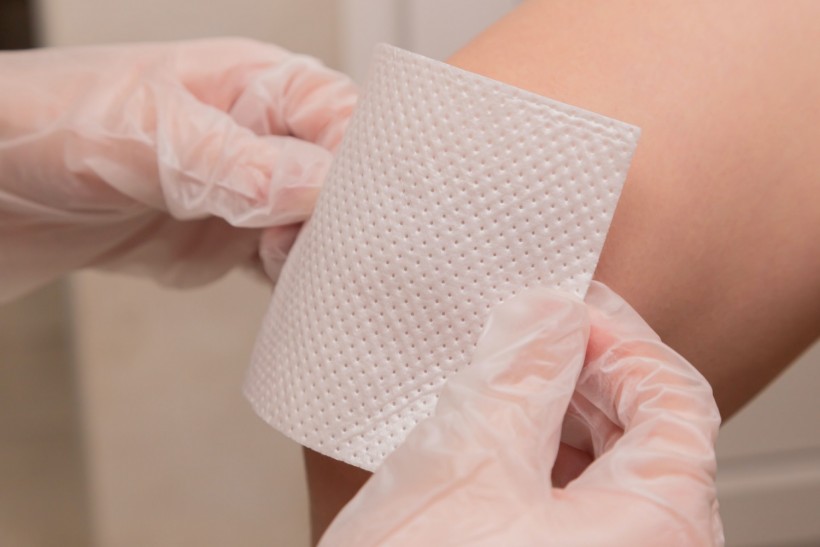In treating burn patients, one of the victims' challenges is the frequent need to change the dressing, as this can be a harrowing experience. To solve this problem, researchers from the University of Waterloo developed a new type of wound dressing using advanced polymers as construction materials.

Breakthrough in the Treatment of Skin Burns
The dressing is made from several materials, which include a biopolymer obtained from seaweed, cellulose nanocrystals, and a thermally responsive polymer. The thermal responsiveness of the material allows the dressing to get warm while on the skin and lower gently to room temperature. It can also be chilled in the refrigerator, where it expands, but it will reduce to a smaller size at body temperature. This adaptability of the dressing to various environments with different temperatures makes it easier and less painful to detach.
The shape of the intelligent dressing can be customized using 3D printing, providing a personalized approach to treating burn patients. This is done by scanning the patient's face or other body parts that need the dressing. Because of this, the dressing can make good contact with the surfaces of the skin, such as those on the nose and finger.
Another key feature of the wound dressing is its ability to hold fast against the skin because of its fine-tuned surface adhesion. This allows the material to adhere to the skin and be easily removed. According to Dr. Boxin Zhao from the University of Waterloo's Department of Chemical Engineering, adhesion work requires a balance within the dressing. His team has made breakthroughs in creating innovative hydrogel materials for reusable skin dressing. Additionally, the dressing can offer time-release treatment, allowing pain relief for long periods of time.
This technology can also be applied in sustained drug release in cancer treatment. Traditionally, chemotherapy treatment requires patients to stay in the clinic for several hours, making them tired and uncomfortable. Outside the clinic setting, the new wound dressing can offer a constant drug release, reducing the challenges of traditional methods.
Just like in medicine, cosmetology can utilize 3D scanning technology to identify the client's facial features. Then cosmetologists can customize the hydrogen masks filled with substances for facial and skin regimens. Moreover, this approach can also benefit plastic surgeons in restoring body tissues.
As an Endowed Chair in Nanotechnology at the University of Waterloo, Zhao envisions the applications of this technology in developing customized cosmetic products and improving cancer treatment. In the future, Zhao's research team plans to improve the properties of the materials to make them healthier and more commercially practical.
Choosing the Right Kind of Wound Dressing
Wound dressing refers to any material applied in direct contact with the wound to help it heal faster and avoid further complications. Although various types of dressing are used depending on the type of wound, all of them target the reduction of infection. Wound dressings also serve other functions, such as absorption of excess blood and wound debridement.
Healthcare providers commonly use wound dressings made of cloth, foam, hydrogel, and collagen in the medical setting. In choosing the right kind of dressing, it is important to consider the type of wound and its ability to be removed without further damaging the skin. A wound dressing is appropriate when maintaining the right amount of moisture in the patient's skin. A good wound dressing reduces healing time while providing cost-effective care to the patient.
RELATED ARTICLE: Tiny Electric Generators Can Help With Accelerated Wound Healing Process
Check out more news and information on Wound Healing in Science Times.














